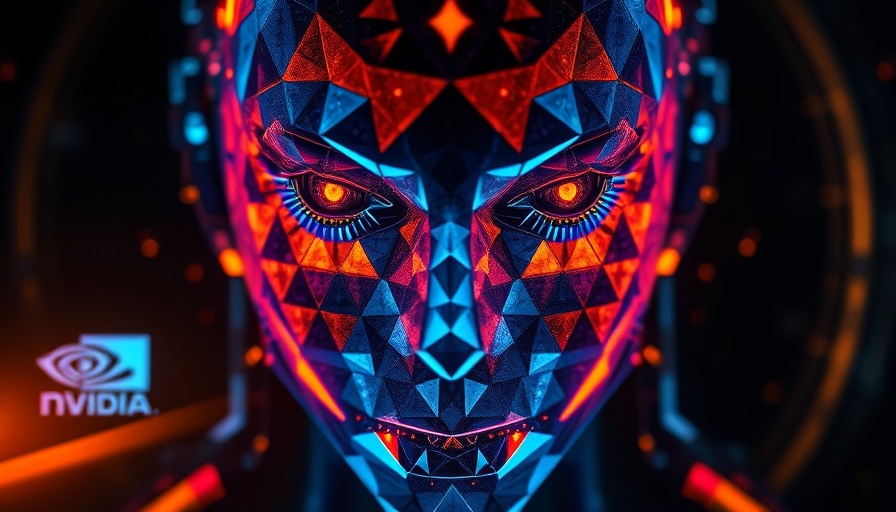
Revolutionizing Simulations: The Future of Animation and Gaming
The recent advancements in simulation technology, particularly showcased by NVIDIA, are transforming how developers approach the visual representation of deformations, destruction, and more complex physical interactions in virtual environments. The new paper discussed in the video features the remarkable capability of simulating 2.5 million destructive elements with unprecedented speed and accuracy. This leap isn't just exciting for tech enthusiasts; it is paving the way for practical applications in video games and animations that were once thought impossible.
In NVIDIA’s Tech: Brutal 2,500,000 Part Simulation!, the exploration of new simulation methods provided insights prompting further analysis of its possibilities and implications.
Fast-Paced Development: A Game-Changer for Creatives
For many creators in the gaming and animation industries, lengthy simulation times have been a major bottleneck. The ability to conduct refined simulations in just seconds rather than hours or days will enable developers to invest more time in creativity rather than waiting for computations to finish. The process includes quickly assessing coarse simulations and ensuring consistency with long-form simulations, a significant development that clears a path to innovative designs and engaging experiences.
Benefits of Enhanced Computational Speeds
This new methodology allows rapid testing of ideas which means creators can iterate much quicker, experiment with unconventional designs, and quickly pivot to new concepts. This does not only apply to game developers; educational institutions and students also stand to benefit significantly. By leveraging this technology, educators can create immersive learning experiences that simulate real-world applications, making learning more impactful and fun.
The Emotional Appeal: Why This Matters
As someone passionate about technology, witnessing the evolution of simulations touches on deeper emotions—not just excitement, but hope. The capability to simulate complex phenomena in our digital environments means we can express ideas that resonate with broader audiences. For students and tech-savvy individuals, this is an opportunity to explore creativity and innovation that can influence everything from art to engineering.
Looking Ahead: A Bright Future for Simulations
This leap forward in simulation capabilities also hints at thrilling future possibilities. Imagine video games that respond in real-time to complex player interactions or educational programs that adapt dynamically, providing personalized challenges based on student performance. As creators and educators embrace this technology, we can expect a wave of innovations that will redefine our relationship with digital media.
In the video NVIDIA’s Tech: Brutal 2,500,000 Part Simulation!, the potential applications of this new simulation technology are presented, promising to inspire those in creative fields. The discussion reveals how far we've come and what’s possible, urging individuals to stay engaged with such transformative technologies.
 Add Row
Add Row  Add
Add 




 Add Row
Add Row  Add
Add 

Write A Comment